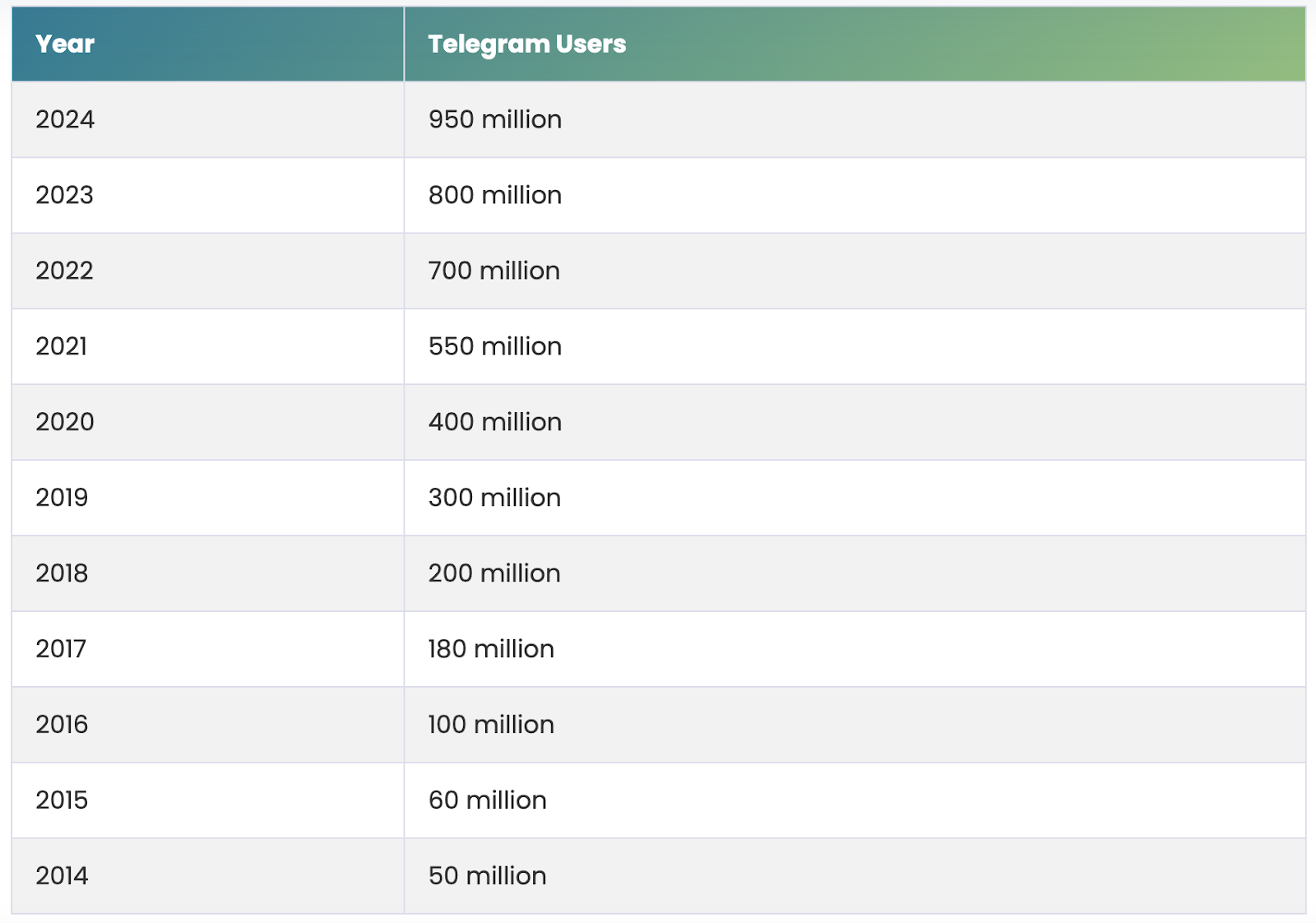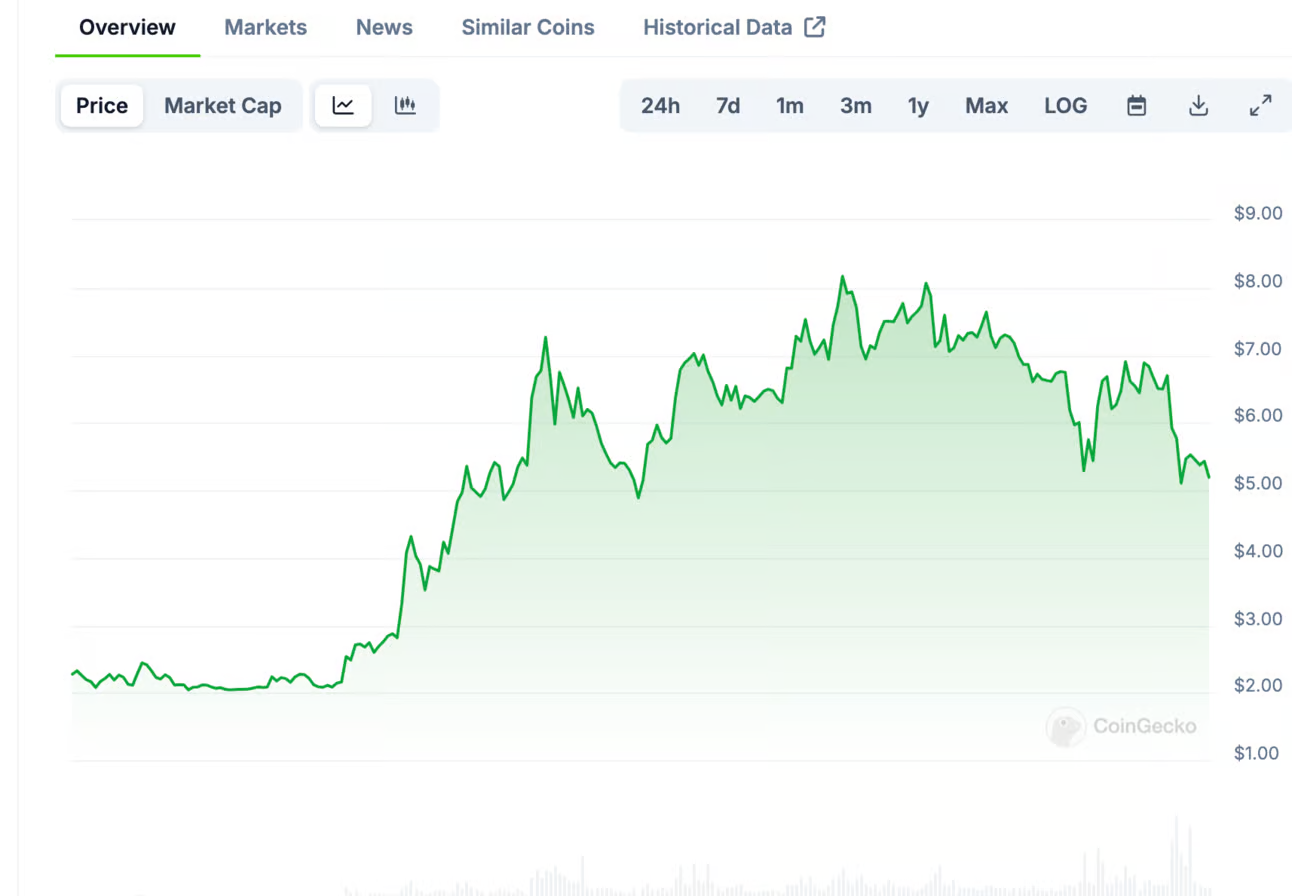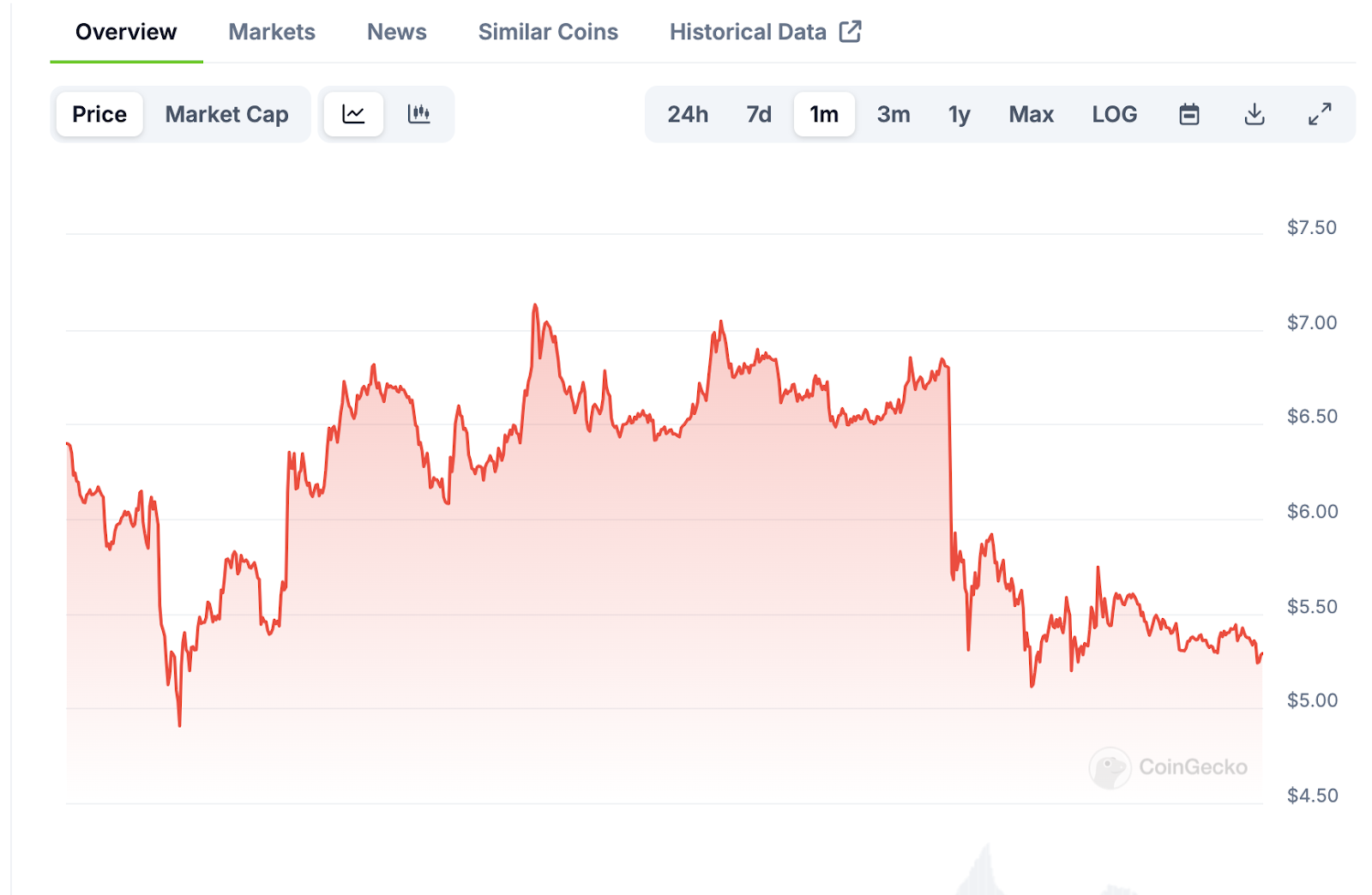Original author: M6 Labs
Original translation: TechFlow
The story of Telegram is a modern saga of defiance, innovation, and, ultimately, a bit of hubris. Founded by the vision of Pavel Durov, Telegram became a bastion of free expression and privacy. In an era of increasing government surveillance, the Durov brothers built an encrypted communications platform that is relentlessly censorship-resistant and serves millions of users around the world.
Telegram’s unwavering commitment to privacy quickly attracted users who were disillusioned with mainstream platforms and wary of government interference.
Yet, almost in a Shakespearean tragedy, Telegram’s unwavering stance on privacy ultimately led to its demise. The platform’s refusal to comply with data requests and its association with controversial campaigns have put it at the center of a global debate over freedom, security, and the boundaries of digital privacy.
The arrest of Pavel Durov in 2024 brought a significant spotlight on Telegram’s activities. While Durov is no longer in prison, the events surrounding his arrest have embroiled the platform in legal and ethical controversy, challenging its founding principles and future development.
VKontakte’s Early Days
Pavel Durov and his brother Nikolai Durov founded VKontakte (VK) in 2006, which quickly became Russias most popular social networking platform, equivalent to Facebook in the West, providing social interaction, content sharing and community building features.
During his time at VK, Durov became known for his commitment to free speech and resistance to government interference. This philosophy often brought him into conflict with Russian authorities, especially during politically sensitive periods such as Ukraine’s Maidan Revolution in 2013-2014. Durov refused to hand over user data related to Ukrainian activists, which led to increasing pressure from the Kremlin, and he was eventually forced to leave VK in 2014 and go into exile.
These experiences paved the way for the creation of Telegram. Unlike VK, Telegram was designed as a privacy-focused encrypted messaging platform that enables users to communicate without fear of surveillance. It uses strong encryption and promises to be independent of any government, making it particularly attractive to users who value security and freedom of expression.
Telegram grows into a global platform
Telegram has steadily grown in its early days, gradually becoming an alternative to mainstream apps such as WhatsApp and Facebook Messenger. It stands out by offering unique features such as large group chats, broadcast channels, and the ability to send large files. Telegrams open source nature also allows developers to create bots and games on the platform, further increasing its appeal.
By the mid-2010s, Telegram’s growth had accelerated significantly. With the rise of concerns about online privacy and Edward Snowden’s revelations about government surveillance programs, the demand for privacy had risen significantly around the world.
Telegram has attracted millions of users around the world due to its commitment to privacy and user-friendly interface.

Currently, Telegram has nearly one billion monthly active users.
Embracing the Cryptocurrency Community
As cryptocurrency has become increasingly popular, Telegram has become one of the core platforms of this trend. It has become an important platform for the crypto community, especially in terms of initial coin offerings (ICOs), token trading, and project discussion forums. Telegram is popular among cryptocurrency enthusiasts and traders due to its simple operation and privacy features.
Realizing the rapid growth of its user base, Telegram began to get involved in blockchain technology and developed Telegram Open Network (TON). In 2018, Telegram raised up to $1.7 billion through ICO to develop the TON blockchain and its associated cryptocurrency Gram. Its goal is to create a decentralized platform that supports secure and fast transactions and allows decentralized applications (dApps) and services to be built on its network.
Although the TON blockchain has shown great potential, Telegram’s bold attempt in the cryptocurrency field has encountered regulatory challenges.
In 2019, the U.S. Securities and Exchange Commission (SEC) filed a lawsuit against Telegram, alleging that the sale of Gram tokens was an unregistered securities offering. In 2020, Telegram agreed to return $1.2 billion to investors and abandon the TON project, scaling back its plans in the crypto space.
Although Telegram has ceased direct involvement in the TON blockchain project, it remains a major communication platform for the crypto community. Projects and developers continue to use the platform to communicate, discuss new tokens, and organize events.
Telegrams 2023 financial report showed that despite an operating loss of $108 million, more than 40% of its $342.5 million in revenue came from crypto-related activities.
Telegram in 2024
Before Durov’s arrest, Telegram had a pretty good year in 2024. First, TON was one of the best performing cryptocurrencies of the year.

From January 1 to June 15, 2024, the price of TON soared from $2.27 to $8.17, and its market value almost quadrupled.
Since their launch in 2023, Telegram Mini Apps have quickly grown in popularity thanks to their integration with the TON blockchain. These web apps run directly within the Telegram app, allowing developers to create complex decentralized applications using familiar web programming languages.
Telegrams large user base combined with the high scalability and low transaction fees of the TON blockchain has led to its rapid user adoption and attracted millions of users.
The beginning of the end: Government requests for user data
As Telegrams popularity grew, so did its negative reputation. Governments around the world began to view Telegram as a potential threat because it refused to provide user data. Several countries, including Russia, Iran, and China, attempted to block or censor Telegram on the grounds that the platform was being used by political dissidents.
The government argues that access to encrypted communications is essential to combating terrorism, money laundering and criminal activity, while privacy advocates argue that government backdoors undermine civil liberties and could embolden authoritarian regimes.
The most intense confrontation took place in Russia, where authorities demanded access to encrypted user data to monitor illegal activity and potential terrorism. Durov refused to cooperate, leading to Telegram being banned in Russia in 2018.
The pressure on the government is not limited to Russia:
In 2022, the German government fined Telegram €5 million for failing to comply with laws on illegal content.
In France, the company faces legal challenges over issues related to extremist activities and the spread of illegal content.
Of course, as the saying goes, where there’s smoke, there’s fire.
The platform’s limited moderation policy has allowed extremist groups and illegal activities to flourish. Telegram has been used to coordinate terrorist attacks, drug trafficking, and disseminate child exploitation content, which has attracted the attention of law enforcement agencies around the world.

( Please refer to the source)
Pavel Durov arrested
Telegrams regulatory and legal problems came to a head in August 2024, when Pavel Durov was arrested upon arriving in Paris from Azerbaijan. French authorities detained Durov for refusing to provide data related to financial crimes, drug trafficking, and the dissemination of child exploitation material on Telegram.
Durovs arrest sparked a diplomatic row between France, the UAE and Russia. After four days of questioning, he was released on €5 million bail but is banned from leaving France and required to report regularly to police.
The incident has sparked a heated debate about free speech, privacy and state surveillance, with Elon Musk and Edward Snowden, among others, criticizing the arrest as a blow to free expression.
Regardless, Durov’s arrest directly led to a sharp drop in TON’s price.

In just three days, TON fell from $6.75 to $5.11.
Telegram’s legacy
Telegram’s legacy lies in its dual role as a privacy defender and a focal point for controversy. It provided a safe platform for users seeking to escape censorship, but also faced legal and ethical challenges that threatened its existence and reputation.
Interestingly, Durov’s case sets a potentially far-reaching precedent for other tech companies and social media platforms. This could prompt a reexamination of the platforms’ moderation policies, data sharing practices, and compliance with international laws.










